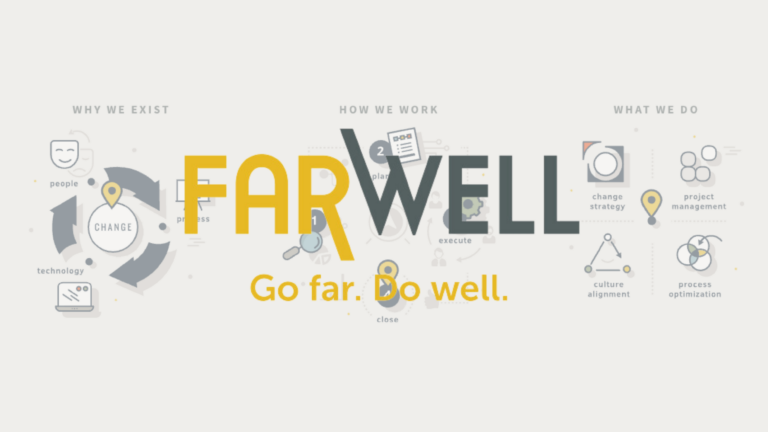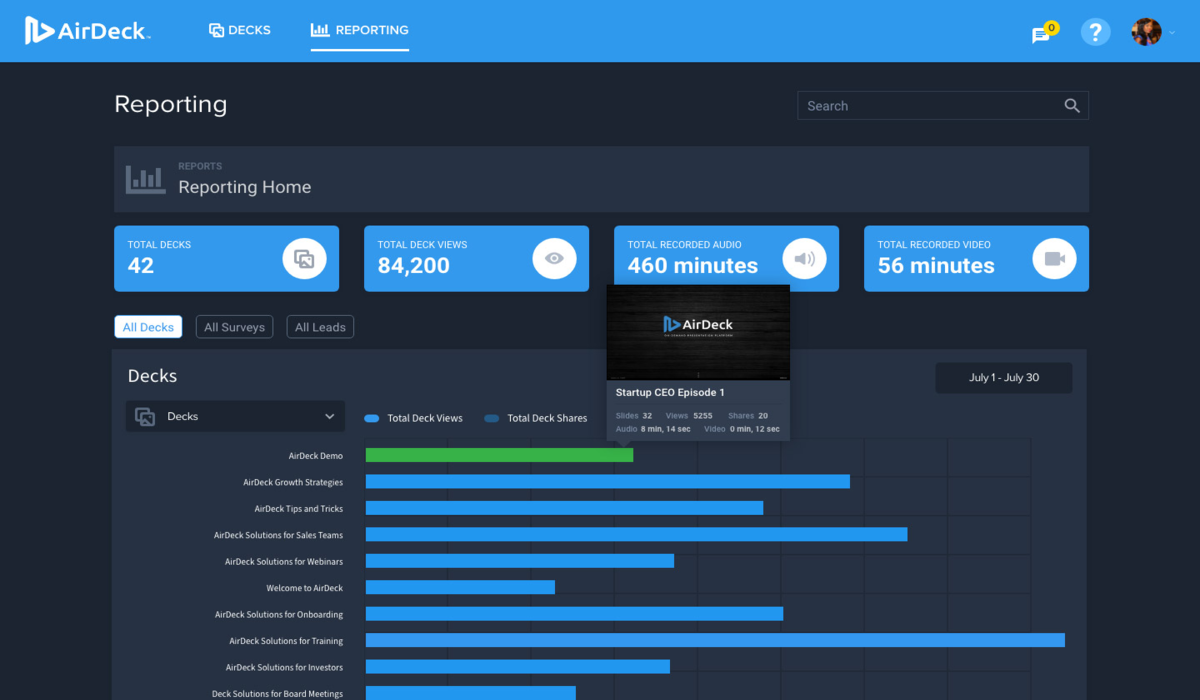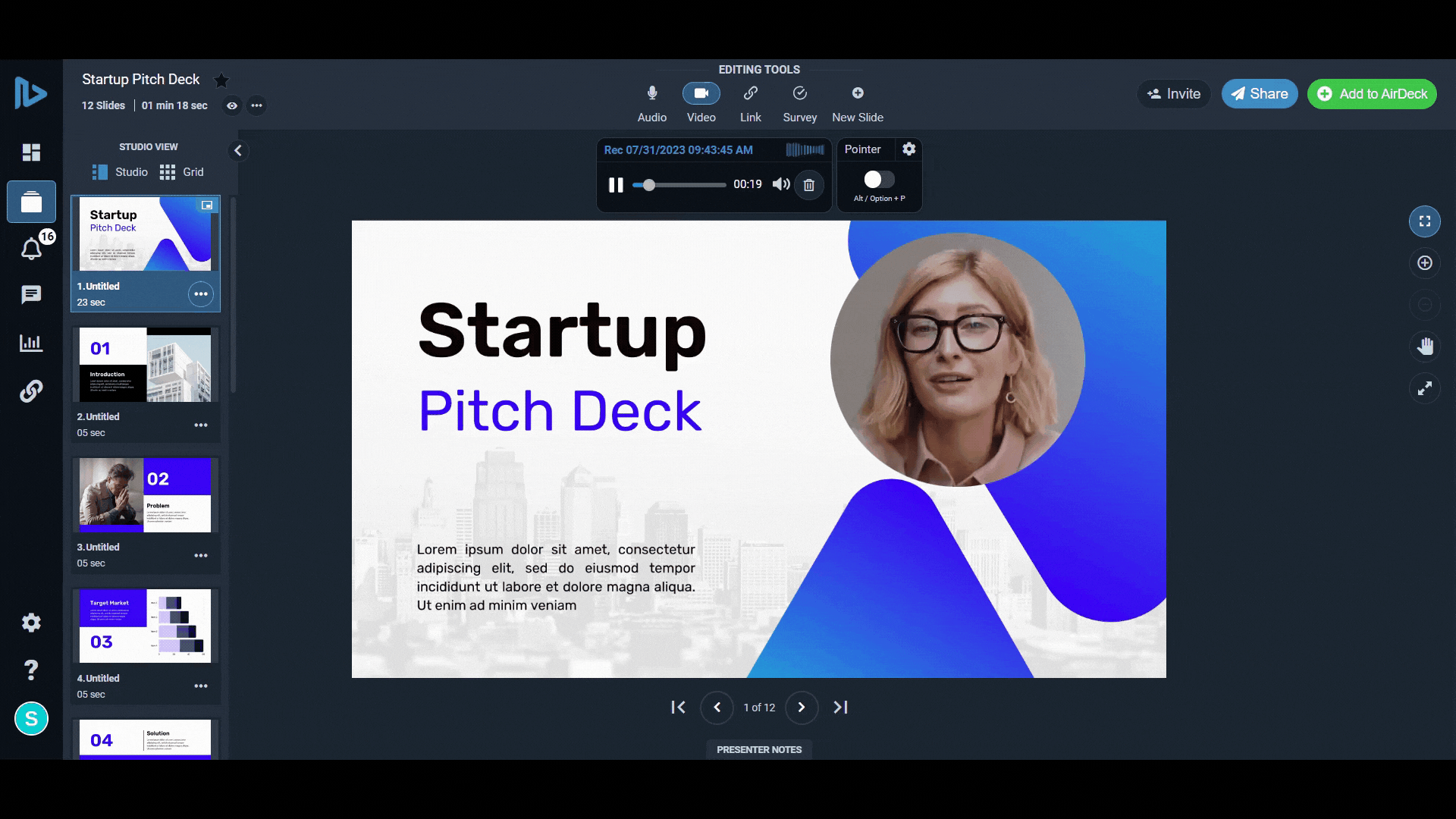Customer success management can be a complicated game. As you guide your customers through the onboarding process and beyond, there are a lot of balls in the air to juggle.
How can you know how your customers are doing? Are they getting what they need out of your product? Where are they having difficulties?
To find this out, you need to tune into the right key performance indicators (KPIs).
1. Conversion Rate
One of the most important KPIs to track is your conversion rate. This is the percentage of customers that are completing a certain desired action—but this action will vary depending on your unique business objectives. For example, it could be when the customer makes a purchase or subscribes or when they upgrade to a different service or submit a form.
Measuring your conversion rate is key to determining the success and health of your business. Basically, it shows you how successful you are at converting prospects into paying customers.
Your conversion rate is a powerful metric that can help guide your customer success team’s strategy—but calculating it is easy. For example, If you have 100 prospects and ten of them become paying customers, then your conversion rate is 10%.
2. Churn Rate
Churn rate, also called customer attrition rate, refers to the number of customers who stop using your product or service over time.
While it’s certainly not as exciting as your conversion rate, your churn rate is also a critical metric to track, as it can give you deep insight into what you may need to fix with your approach to customer success.
If your churn rate is high, then you know something needs to change in order to keep paying customers sticking around. If your churn rate is low, then give yourself a pat on the back—that’s a good indication that your customers are finding success with your product or service.
Knowing when your customers stop using your offerings is also a good way to get instant customer feedback. If you can find out when your customers churn, you can better understand what improvements you need to make moving forward to lower your churn rate.
Keeping customers paying and reducing churn is essential for business growth, so make sure you keep an eye on this KPI!
3. Customer Retention Cost
It’s easy to get caught up always being on the quest to attract new customers. But maintaining good business health is also about ensuring the success of your existing customers.
Making sure your customers are happy and satisfied is key to building a loyal customer base—and it goes without saying that loyal customers are foundational to the future of your business.
What you need to pay attention to, then, is your customer retention cost, i.e., the cost of retaining existing customers.
Start by auditing all your customer success efforts. This might include staffing costs, tools and software, the costs of any customer loyalty programs, etc. Then divide that sum by the number of your active customers.
Determining your customer retention cost can help you make important budget decisions when it comes to marketing or advertising campaigns so you can figure out the best strategy to keep customer retention rates high at an optimal cost.
4. Monthly Active Users
In order to guide your customers to success, you need to understand how they’re interacting with your product.
This is where measuring your monthly active users (MAU) comes in.
By regularly measuring your MAU, you’ll get a clear idea of your customer base’s growth, which is particularly crucial if you’re in the start-up phases of your business.
To measure your MAU, you first need to define what an active user means to you. Is it someone who visits a certain page? Shares content? Likes content?
To really dial in on customer activity, you can also compare MAU to DAU, daily active users. This gives you a better idea of what your customers are really up to so you can gauge their level of commitment. For example, are they popping in just once a month to check out your product, or are they truly a dedicated user?
5. Engagement
Another KPI that goes hand in hand with MAU is engagement.
As a customer success manager, you want to make sure that your customers have multiple touchpoints with your business and are regularly, deeply engaged with your offerings.
Getting this kind of insight from your customers, though, can be tough, especially during onboarding. But working with AirDeck makes it simple and efficient for customer success teams to measure engagement.
A powerful document narration platform, AirDeck is completely outfitted with tracking and data analytics capabilities. It delivers in-depth analytics for every document you share so you can track every second of every customer view, all in real time.
You get access to all these slide-by-slide analytics in your personal AirDeck Dashboard, which reveals key metrics like:
- When customers viewed your deck
- How many times they viewed it
- Where they clicked
- Who they shared it to
- Where your viewers are coming from
Understanding your customer base inside and out is crucial to guiding your customers to success and crushing your KPI goals. With built-in tracking and data analytics, AirDeck gives customer success teams the tools to stay tuned in to customer activity and engagement from the very first click.















